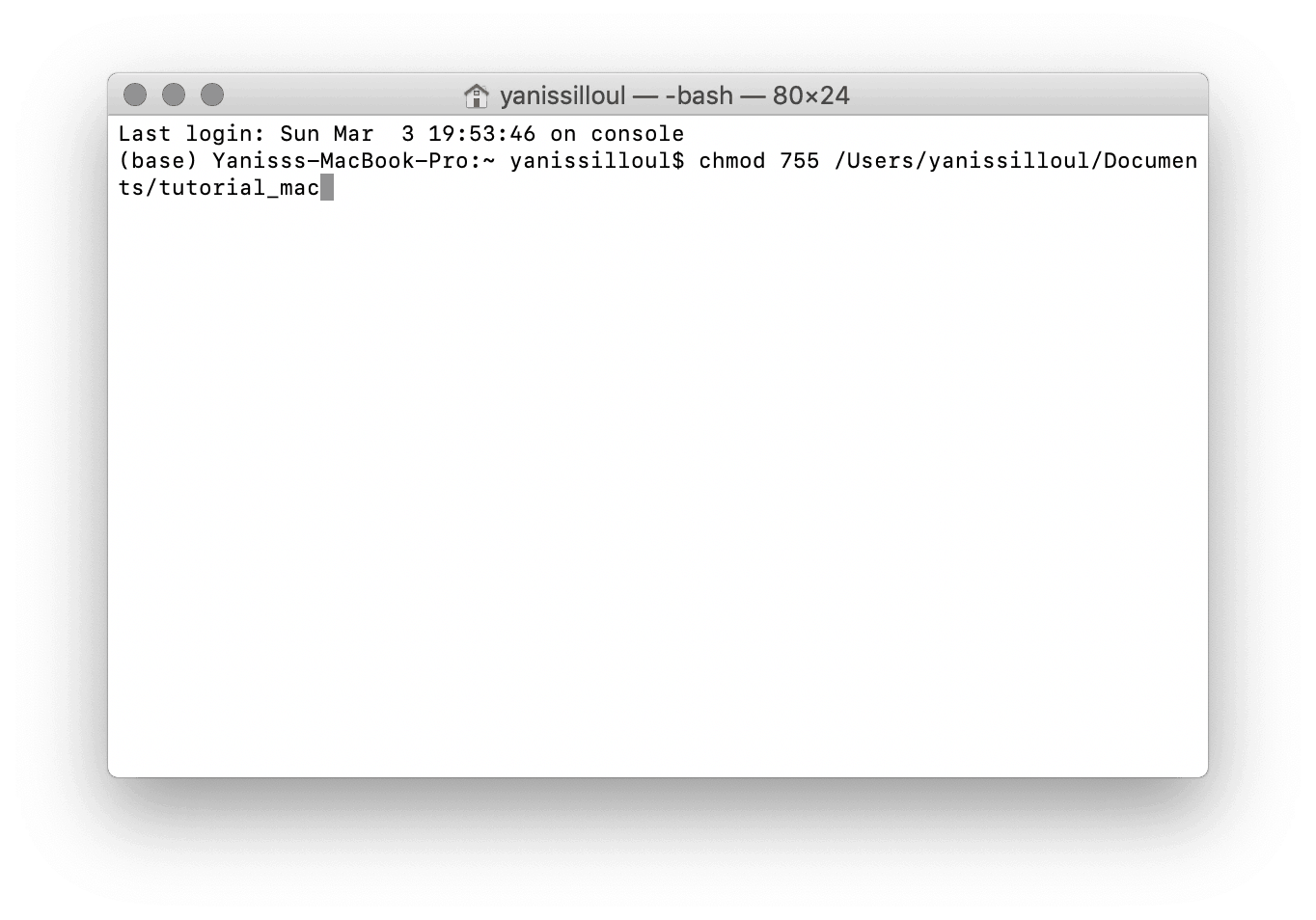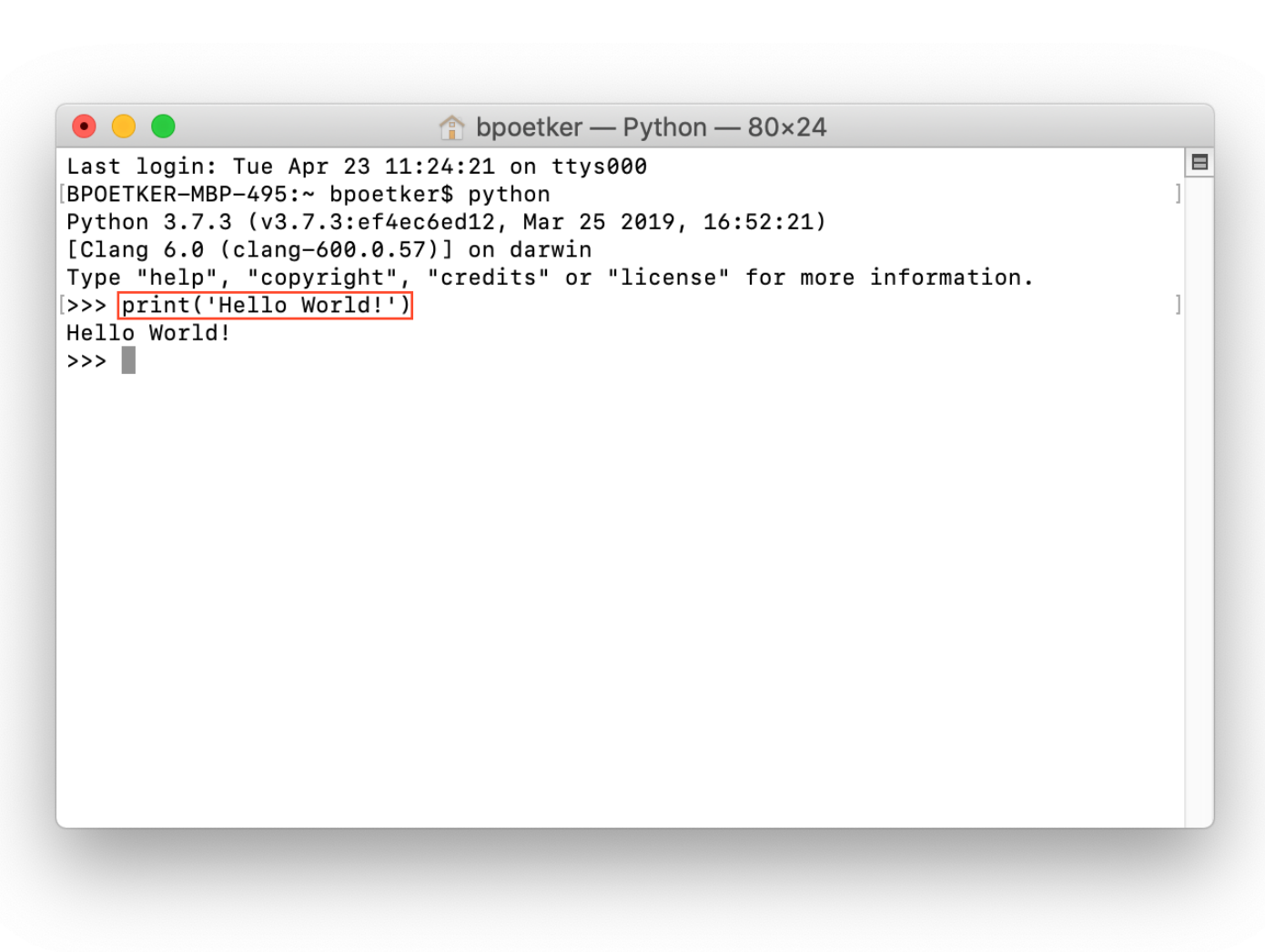


Using the website, it’s easy to create any schedule you can wish for.ĭon’t forget to replace /path/script.py with the path of your Python file. This will run the scrape at minute = 0, hour = 1, day = * : every day, month=: * every month, weekday= * every weekday In the crontab file enter the following command. You now opened the crontab file in the nano editor with editing privileges. Type the following command to open the crontab file. Note: Depending on your version of python you may have to replace python3 with python or /usr/bin/python.If the script is running correctly, proceed with the next step. With /path/to/your/script.py your location in my case python3 /Users/Michael.vandenreym/Desktop/python/console404.py

Type in the following script python3 /path/to/your/script.py py (python) file so that it can run using a command-line tool like terminal. Well, for starters, if the program was made with Google Colab or Jupyter Notebook then convert it into a. Now, how can you execute a Python script every hour, day, or week? You may be asking yourself this. The output will be an e-mail with a list of the 404 errors and for every 404 webpage, the amount of clicks and impressions in the last “” days. The next step would be sending updates via email daily/weekly enough so no one can ever say ‘I didn’t know’ when they accidentally removed a good ranking webpage.


 0 kommentar(er)
0 kommentar(er)
